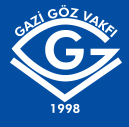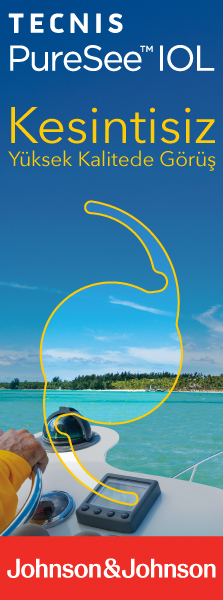Retina-Vitreous
2002 , Vol 10 , Num 2
RISK FACTORS FOR NEOVASCULARISATION OF IRIS IN SUBJECTS WITH DIABETIC RETINOPATHY
Haydarpaşa Num.Eğt.ve Arş.Hast.,I. Göz Kliniği
Purpose: To determine the risk factors for neovascularisation of iris (NVI) in subjects with diabetic retinopathy.Methods: 51 eyes of 33 patients-with NVI (Study group) and 1508 eyes of 754 patients without : NVI (Control group), attending to our clinic due to diabetic retinopathy were retrospectively analyzed. Age, gender, age at the onset of diabetes, duration of diabetes, type of diabetes treatment, hemodialysis, hemoglobin Ale (HbA1c) level, type of diabetes, and presence of hypertension (HT) and diabetic retinopathy were the factors, which were evaluated for their effects on NVI. The multivariate-adjusted association between these factors and NVI was evaluated with logistic regression analysis. On the other hand, Chi-square and Student-t tests were used to investigate the independent effects of these factors on NVI.
Results: As analyzed by multiple logistic regression model, type of diabetes treatment and advanced diabetic retinopathy were found to be statistically significant factors for NVI (p<0,05); whereas, the effects of .age, gender, age at the onset of diabetes, duration of diabetes, hemodialysis, HbA1c level, type of diabetes and HT were found to be statistically insignificant (p>0,05). On the other hand, when these the factors were investigated independently, high HbA1c level, insulin treatment, proliferative diabetic retinopathy, 30 years or older age at the onset of diabetes, type 2 diabetes and decreased visual acuity (1/10 and less) were statistically significant factors for NVI (p<0,05); whereas, age, gender, HT, hemodialysis and duration of diabetes did not have a statistically significant effect on NVI (p>0,05).
Conclusion: In patients with diabetic retinopathy, it is important to determine the risk factors for neovascularisation of iris to dessease the incidence of severe visual loss due to neovascular glaucoma, and hence to diabetes Keywords : Diabetic retinopathy, neovascularisation of iris, diabetes





